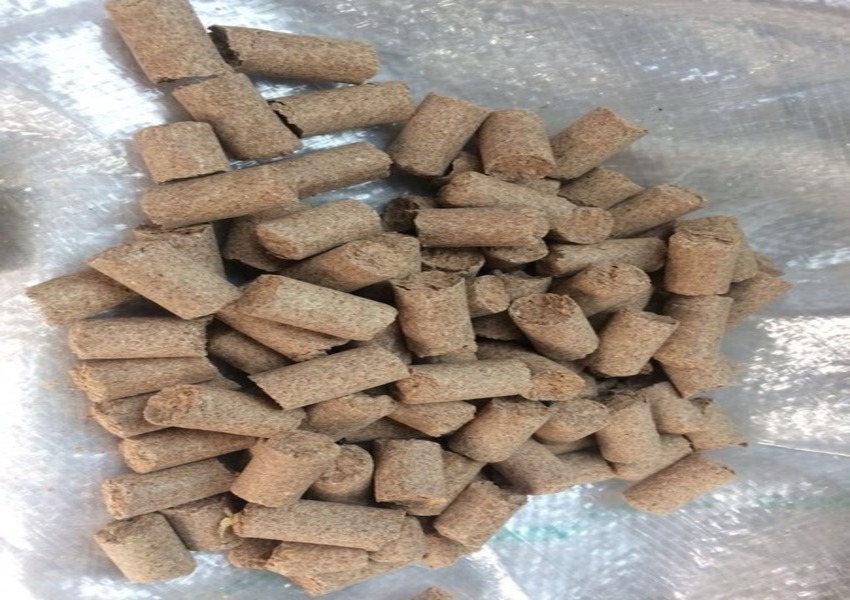Wheat bran feed
Price from: $ 99
1 kg of wheat bran contains an average of 0.75 feed. units, 8.8-9.2 MJ of metabolic energy, 151 g of digestible protein, 2.0 g of calcium. 9.6 g of phosphorus, etc. Wheat bran is rich in microelements and vitamins of group B. In terms of chemical composition and nutritional value, wheat bran is better than rye and even more so than rice. Wheat bran contains a large amount of phosphorus, more precisely – phytin, an organic substance in a warm aqueous solution that has a laxative effect on the gastrointestinal tract of a human or animal body. Eating dry wheat bran, in contrast, can stop diarrhea. This product accounts for up to 60% of the total mass of compound feed in the diet of animals: for fattening cattle, dairy cows and sheep – 50-60%, for horses, calves, pigs – up to 40%, for young pigs – up to 25%. Loose wheat bran has poor flowability and high values of hygroscopicity – the ability to absorb moisture. Therefore, the recommended storage places are dry, warm, well-ventilated rooms. The shelf life is 1 month. The advantages of the granular form were mentioned above, the shelf life is 1 year. A quick review of the nutritional profile of bran shows that they contain sufficient amounts of essential nutrients. In terms of calorie content, they are similar to diets with an average energy concentration, the protein content in them reaches 15.28%. Bran contains less fiber than forage, but more than traditional high-calorie feed, and because it is based on cereals, it tastes good. Dairy cows can be fed bran up to 4-6 kg per day. Horses are fed only wheat bran up to 30-50% of the norm of oats. Pigs and poultry use less bran nutrients than other animals.
Send Me Quotation
The function is avialable for logged in users only





Reviews
There are no reviews yet.